Results
-
 £76.99
£76.99Feelings - Morris Albert
Feelings is a well-known easy listening hit that was written halfway through the 1970s, by the Brazilian singer-songwriter Morris Albert. However, the melody is derived from a French song (Pour toi) from 1957, written by Louis Gaste, who made this claim successfully. Over the years, Feelings has been performed by famous artists like Ella Fitzgerald, Frank Sinatra and Elvis Presley. Numerous arrangements have been made for various instrumentations. This arrangement by Roland Kernen does justice to the original.
Estimated dispatch 7-14 working days
-
 £84.99
£84.99Holiday in Rio - Andreas Ludwig Schulte
The party atmosphere of the beaches in Rio de Janeiro is famous worldwide. Holiday in Rio brings this party to life and, right from the first bar, conjures up a Brazilian spirit on the concert stage. No one will be able to resist the infectious rhythms of this exciting piece!
Estimated dispatch 7-14 working days
-
 £72.99
£72.99A Calypso Christmas
Feliz Navidad (Jose Feliciano), Brazilian Sleighbells (Percy Faith), and the always popular Silver Bells are cleverly combined in a calypso/Latin style that gives this medley a great new twist for a holiday concert. And of course,it has plenty of percussion effects to feature.
Estimated dispatch 7-14 working days
-
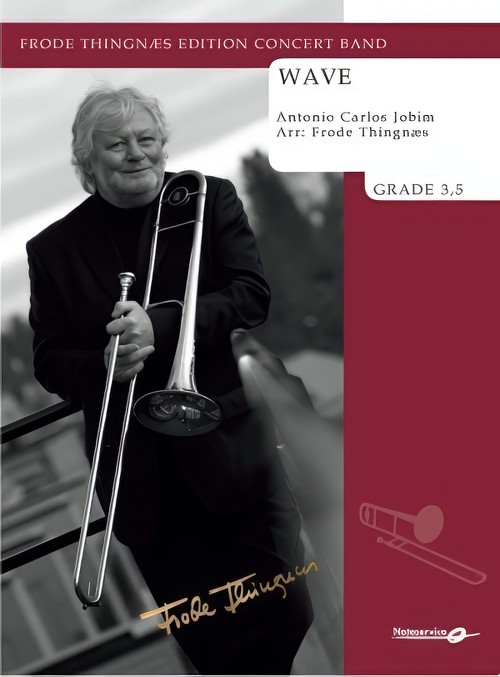 £94.90
£94.90Wave (Concert Band - Score and Parts) - Jobim, Antonio Carlos - Thingnaes, Frode
Wave was written by Brazilian composer and musician Antonio Carlos Jobim in 1967. This arrangement was written for Norwegian Concert Band Kampen Janitsjarorkester.Wave is simply a bossa nova tune with a latin/jazz flavour. The Drum set and Percussion is responsible for the right groove, while the winds performs a mix of long, melodic lines and rhythmic structures. This arrangement will fit very well on any outdoor performance, or to add some Latin flavour to your entertainment concert!Duration: 2.30
Estimated dispatch 7-14 working days
-
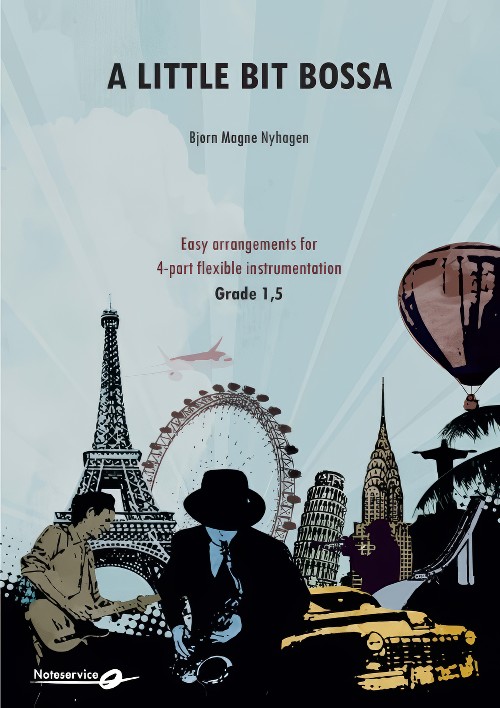 £49.90
£49.90A Little Bit Bossa (Flexible Ensemble - Score and Parts) - Nyhagen, Bjorn Magne
A Little Bit Bossa is, as the title says, a simple bossa nova with its light and characteristic rhythm. Bossa nova is a Brazilian music genre. It is related to samba and has a strong influence from jazz. The genre attracted many famous artists and became widespread through singers and musicians such as Stan Getz and Astrud Gilberto. Today we find a number of bossa nova songs in jazz's standard repertoire. The parts in this piece are written in a way so that also the youngest and least-experienced musicians can play this piece well.Duration: 1.30
Estimated dispatch 7-14 working days
-
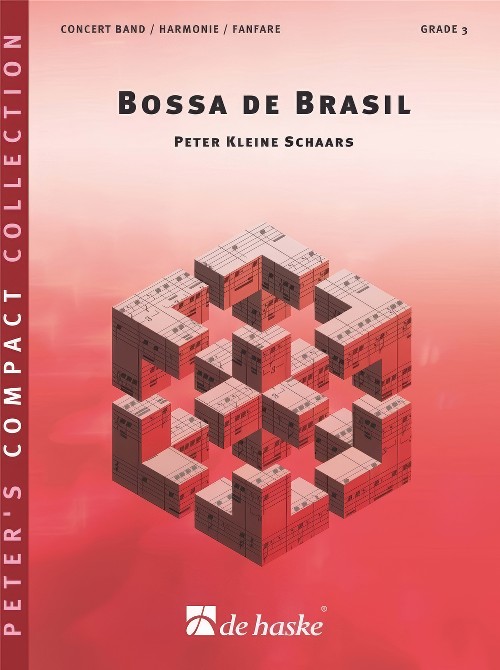 £59.99
£59.99Bossa de Brasil (Flexible Ensemble - Score and Parts) - Schaars, Peter Kleine
In late 1950s Brazil, a new music style influenced by jazz arose out of the samba: the bossa nova. This composition by Peter Kleine Schaars sounds just like a bossa nova should sound: catchy, warm, relaxed and with a touch of sensuality. Starting with a small group of players with only one soloist and minimal accompaniment, this bossa nova leads to a style-conscious grand orchestration for the whole ensemble, in which all voices participate equally. In addition to the rhythmic cells 2 and 4 of the Brazilian 2-4 clave, the cells 7 and 10 in particular are featured.Duration: 2.45
Estimated dispatch 7-14 working days
-
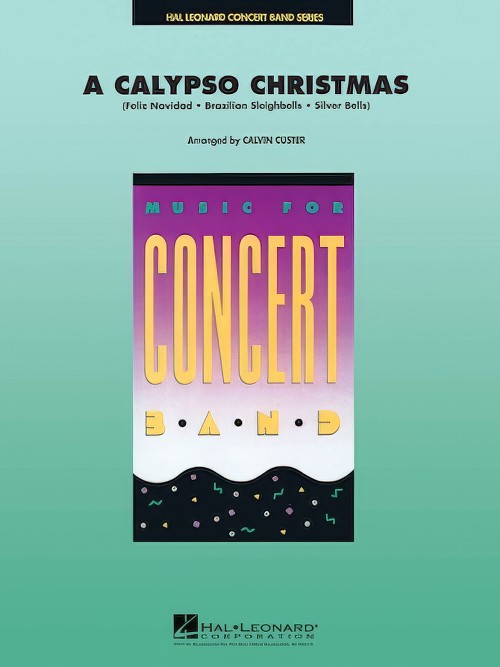 £72.99
£72.99A Calypso Christmas (Concert Band - Score and Parts) - Custer, Calvin
Feliz Navidad (Jose Feliciano), Brazilian Sleighbells (Percy Faith), and the always popular Silver Bells are cleverly combined in a calypso/Latin style that gives this medley a great new twist for a holiday concert. And of course, it has plenty of percussion effects to feature.
Estimated dispatch 7-14 working days
-
£74.99
Feelings Wind Band Set (Score & Parts)
Feelings is a well-known easy listening hit that was written halfway through the 1970s, by the Brazilian singer-songwriter Morris Albert. However, the melody is derived from a French song (Pour toi) from 1957, written by Louis Gaste, who made this claim successfully. Over the years, Feelings has been performed by famous artists like Ella Fitzgerald, Frank Sinatra and Elvis Presley. Numerous arrangements have been made for various instrumentations. This arrangement by Roland Kernen does justice to the original. 0:04:40
Estimated dispatch 7-14 working days
-
£84.99
Holiday in Rio Wind Band Set (Score & Parts)
The party atmosphere of the beaches in Rio de Janeiro is famous worldwide. Holiday in Rio brings this party to life and, right from the first bar, conjures up a Brazilian spirit on the concert stage. No one will be able to resist the infectious rhythms of this exciting piece! 03:00
Estimated dispatch 7-14 working days
-
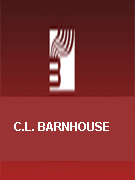 £44.55
£44.55Salute To Steven Foster (Concert Band - Score and Parts)
The exciting sounds of a Brazilian street festival complete with all the drums and whistles in a very easy arrangement for young bands. A great spotlight for the percussion section while not overly challenging the winds.
Estimated dispatch 7-14 working days
